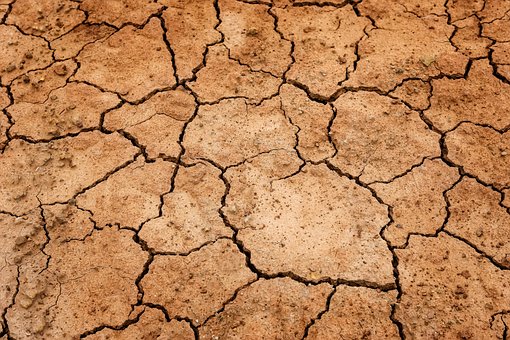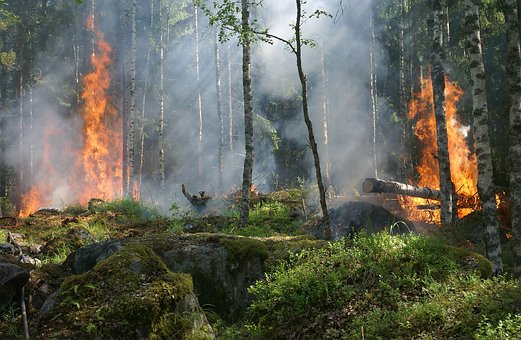All Dried Up
December 5, 2022
In recent years, the already struggling climate has been drying up even more. In a recent study, scientists have discovered that the water levels of all major river systems in the Eastern hemisphere have dropped below the 2021 average and are expected to decrease still. These include river systems in Africa, Siberia, and Central Asia.
Africa
The most concerning statistic that arose from the study in Africa was the sharp decrease in discharge volume from the rivers. While most people are more worried about the water level itself, the discharge volume is what measures the true flow. Depending on the environment surrounding the river, the discharge volume can be a more reliable indicator of a river’s health. This is the case in the African river systems.
The main focus of the study was in North Africa, as this is where the Nile river discharges. A natural phenomena of the Nile River is its creation of the Nile River Delta. This is an extremely fertile stretch of wetland that farmers have used for millennia. It fuels a unique ecosystem home to thousands of diverse species. Yet with the amount of mineral-rich deposits diminishing, the nutrients needed to sustain this ecosystem are becoming overdrawn. This is threatening both the farmers and the ecosystem, resulting in tensions rising in Egypt.

The rising heat has been the main factor behind the loss of discharge. The damming of the Nile in upstream Ethiopia has also diminished the flow towards the Nile River. As farmers fight over the limited water supply.
Siberia
Ironically enough, Siberia is burning. The lack of precipitation has caused extreme dryness in the forests there, igniting forest fires. They are so severe it is damaging air quality all the way in Moscow, 4,900 kilometers to the west. In the Sakha region, the droughts are especially bad. 70% of all forest fires were located here in 2022. Because of the sheer amount and destruction wrought by the wildfires, there have been record high CO2 levels in the Arctic Circle. With the already sooty air quality, the added CO2 has further decreased the air quality.

There has also been a heat wave associated with the dry spell. According to the study, June temperatures increased up to 3 degrees Celsius higher than the 2021 average. The highest temperature ever recorded in Siberian June was also broken this year, peaking at 35.1 degrees. Public outcry at poor government regulations regarding pollution have fallen on deaf ears due to the Russian government’s strict limit on protests.
Central Asia
As of April 2021, central asia has been in a severe drought that is affecting agriculture and livestock the most. In the country of Kazakhstan, cattle are dying at an alarming rate due to how little water there is to go around. This is causing food prices to rise, overinflating the food market. A similar situation is happening in Turkmenistan. They don’t have enough water to grow the feed for the cattle. The people are selling off their cattle at low rates as it is more expensive to raise the cattle than the profit the farmers get after slaughtering them.
In Uzbekistan, the Zeravshan river is at a new low point. According to the study, this is due to such a low precipitation rate. Because of this, the government has mandated water rationing in the desert region of Samarqand. Naturally, the public hasn’t accepted these new policies well. Farmers have asked for a relief in this, yet the government has refused to yield. This has been severely limiting crop yields and forcing the Uzbeki farmers to limit their produce.
As food prices and agriculture supply prices rise, inflation is increasing in Central Asia. Many citizens are trying to bring attention to this problem and fix it, yet none of the governments are doing anything to help mitigate the problem. The UN has attempted to step in, yet the problem is so deep-seated in years of poor policies causing climate change.
Yet all this water has to go somewhere. Flooding in southern Africa and Caribbean nations has caused extensive damage. This has led to billions of dollars of damage in countries with already struggling infrastructure and economy. Strangely, it was these areas that had been drought-stricken only 20 years ago. This drastic flip in environmental conditions has happened before, but the study has revealed that these flips are becoming stronger and more frequent. According to the United Nations, the only way to stop this is trying to reverse climate change or at least mitigate it for the time being.








